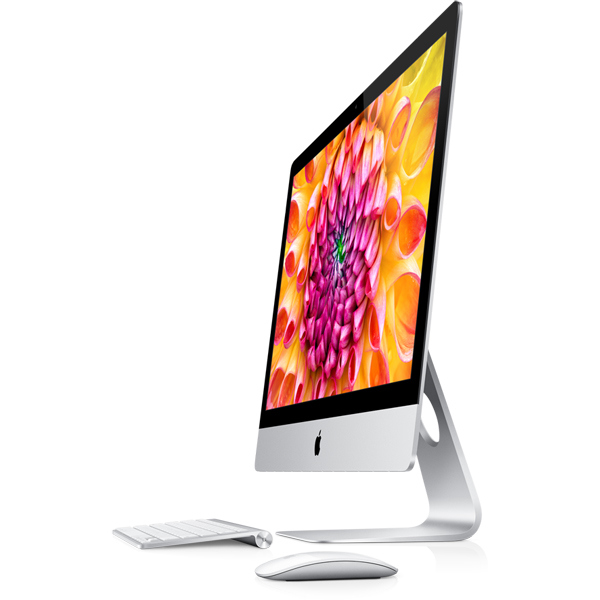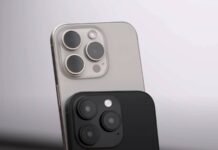iMac 2012 este fara discutie cel mai subtire iMac al companiei Apple, iar procesul folosind pentru a obtine un produs atat de bine construit este foarte interesant. Practic Apple a reusit sa reduca, cu 45% grosimea ecranului si cu 40% volumul intregului Mac, rezultatul final fiind un produs pe care probabil nimeni nu se gandea ca il va vedea in magazinul Apple. In spatele acestei realizari sta un proces tehnologic de laminare optica a ecranului care a permis lipirea acestuia de sticla protectoare, a eliminat stratul de aer dintre ele, si a eliminat reflexia care aparea intre cele doua bucati de sticla, imbunatatind imaginile afisate pe ecran.
Apple is using optical bonding (lamination) of the [LCD] panel to a sheet of strengthened cover glass. This eliminates the air gap between the panel and the glass, which reduces overall thickness, and the optical bonding eliminates the reflections between the inside of the cover glass and the outside of the panel, which improves image quality.
Ecranul foarte subtire nu putea decat sa fie acompaniat de o carcasa foarte subtire, iar pentru a o produce Apple a folosit o tehnologie numita friction stir welding (FSW). Acest proces este folosit in general pentru a fabrica aripile avioanelor sau rezervoarele rachetelor, deoarece procedura de sudare a elementelor nu topeste metalul ci prin frecare si incalzire lipeste metalul, rezultatul final fiind mai frumos si mai rezistent decat cel al unei suduri. In final, Apple foloseste din nou tehnologii scumpe pentru a face produse de calitate, iar design-ul noului iMac ii poate fi atribuit desigur lui Jony Ive.
The new iMacs are just 5 mm thick for the entirety of the desktop’s perimeter. To maintain that along seams where the front and back pieces meet, Apple used a process called friction stir welding (FSW) — a method normally reserved for things like airplane wings and rocket booster tanks, areas that need a seamless, fail-safe connection. It was even used on parts in the Space Shuttle. FSW is a solid-state process, meaning the metal isn’t melted. In simple terms, it works by using a rotating tool pressed against the surface of two overlapping plates. The tool has a small protrusion that fits into the crack between the plates and is pressed down along the length of the joint. This creates frictional heat that softens the two surfaces, which are then pressed together under high pressure to create a bond.

















